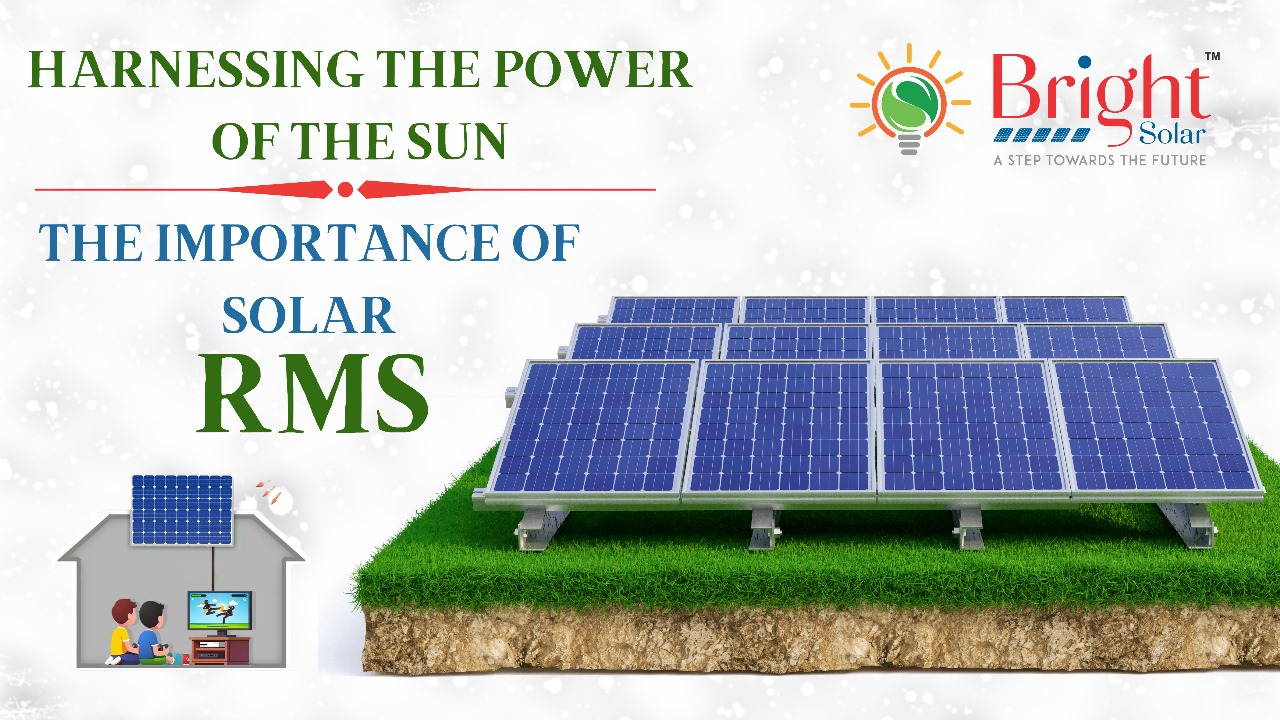
Harnessing the Power of the Sun: The Basics of Solar Energy Explained by Bright Solar Solutions
Introduction
Harnessing the Power of the Sun: The Basics of Solar Energy Explained by Bright Solar Solutions” is a blog post that serves as an educational resource about solar energy. It explains the fundamental concepts of solar energy, including how it works, its benefits, and its potential applications.
The blog post starts by introducing solar energy as a renewable energy source derived from the sun’s rays. It explains that solar energy is captured using photovoltaic cells, which convert sunlight into electricity. The post goes on to discuss the sustainability of solar energy, highlighting its abundance and lack of harmful emissions compared to fossil fuels.
One of the key points made in the blog post is the versatility of solar energy. It explains that solar panels can be installed in various locations, such as rooftops or open fields, and can even be integrated into building materials. This versatility allows for flexible and creative ways to harness solar energy.
The blog post also touches on the benefits of solar energy, including cost savings, environmental impact, and reliability. It explains that solar power can help reduce electricity bills, reduce greenhouse gas emissions, and provide a reliable source of energy when paired with battery storage systems.
Overall, provides a comprehensive overview of solar energy, making it a valuable resource for anyone looking to learn more about this renewable energy source.
As the world increasingly looks for sustainable energy solutions, solar power has emerged as a key player in the quest for clean, renewable energy. In this article, we will delve into the basics of solar energy, exploring how it works, its benefits, and its potential to transform the way we power our homes and businesses.
Solar energy is derived from the sun’s rays, which contain photons that are converted into electricity using photovoltaic (PV) cells. These cells are typically made from silicon, a semiconductor material that releases electrons when exposed to sunlight. When these electrons are captured and channeled through an electrical circuit, they generate an electric current that can be used to power electrical devices.
One of the key advantages of solar energy is its sustainability. Unlike fossil fuels, which are finite and contribute to climate change, solar power is abundant and produces no harmful emissions. This makes it a clean and environmentally friendly alternative to traditional energy sources.
Another benefit of solar energy is its versatility. Solar panels can be installed on rooftops, in open fields, or even integrated into building materials, allowing for flexible and creative ways to harness the sun’s energy. Additionally, solar power can be used in conjunction with battery storage systems to store excess energy for use when the sun is not shining, providing a reliable and uninterrupted power supply.
In the following sections, we will explore the different types of solar energy systems, how they are installed and maintained, and the potential cost savings and environmental benefits they can provide. Whether you are a homeowner looking to reduce your carbon footprint or a business owner seeking to cut energy costs, solar power offers a sustainable and efficient solution that is worth considering.
conclusion
In conclusion, solar energy presents a compelling solution to our current energy challenges. By harnessing the power of the sun, we can reduce our reliance on fossil fuels, cut greenhouse gas emissions, and create a cleaner, more sustainable future.
Bright Solar Solutions is at the forefront of this energy revolution, offering innovative solar solutions for homes and businesses. Whether you are looking to reduce your carbon footprint, lower your energy bills, or simply embrace a more sustainable lifestyle, solar power can help you achieve your goals.
As we continue to advance solar technology and expand its reach, the potential for solar energy is virtually limitless. With the right investment and commitment, we can harness the power of the sun to meet our energy needs for generations to come.


